Gas Fireplace Leaks Cold Air

Table of Contents
Gas Fireplace Leaks Cold Air: Troubleshooting and Solutions
A gas fireplace is supposed to be a cozy and warm addition to your home, but what happens when it starts leaking cold air? This frustrating problem can significantly reduce its efficiency and negate its purpose. Instead of enjoying a warm, inviting glow, you're battling drafts and chilling temperatures. This comprehensive guide will help you diagnose the source of the cold air leak and provide effective solutions.
Identifying the Source of the Cold Air Leak
Before you start troubleshooting, it's crucial to pinpoint where the cold air is entering. A methodical approach will save you time and prevent unnecessary repairs.
1. Inspect the Fireplace Surround:
- Check for gaps and cracks: Carefully examine the area surrounding the fireplace opening. Look for gaps between the fireplace surround and the wall, or cracks in the surround itself. These openings can allow cold air to infiltrate.
- Assess the sealant: Old or damaged sealant is a common culprit. Inspect the sealant around the fireplace opening, checking for cracks, gaps, or crumbling material.
- Examine the damper: A poorly fitting or damaged damper can create a significant draft. Make sure it's properly sealed when closed.
2. Inspect the Fireplace Door (if applicable):
- Check the seal: If your fireplace has a glass door, ensure the seal around the door is intact and provides a tight fit. A worn or damaged seal will allow cold air to seep through.
- Test the latch: The latch should securely close the door, preventing drafts. A loose or malfunctioning latch needs immediate attention.
3. Inspect the Chimney and Flue:
- Check for cracks or damage: A damaged chimney or flue can cause significant air leakage. Inspect the exterior of the chimney for cracks or missing mortar.
- Look for missing or damaged flue tiles: Internal damage to the flue can also lead to cold air drafts. This requires professional inspection and repair.
4. Check for Air Leaks in the Surrounding Walls:
- Identify drafts: Sometimes the cold air isn't directly from the fireplace but enters through nearby wall gaps and is channeled towards the fireplace area. Feel for drafts along the walls surrounding the fireplace.
Solutions for Cold Air Leaks
Once you've identified the source of the leak, you can take appropriate action.
1. Sealing Gaps and Cracks:
- Caulk and sealant: Use high-quality caulk or sealant specifically designed for fireplaces to fill gaps and cracks in the surround and around the fireplace opening. Ensure complete coverage for a proper seal.
- Weatherstripping: Apply weatherstripping to the fireplace door to improve its seal and prevent cold air infiltration.
2. Replacing Damaged Parts:
- Fireplace surround: If the surround is severely damaged or beyond repair, consider replacing it.
- Damper: A faulty damper should be replaced by a qualified professional.
- Fireplace door seal: Replace worn or damaged seals on your fireplace door to ensure a tight fit.
3. Chimney and Flue Repair:
- Professional assessment: Chimney and flue repairs require specialized expertise. Contact a certified chimney sweep or a qualified mason to assess and repair any damage. This is crucial for both safety and efficiency.
4. Addressing Wall Leaks:
- Insulation and sealing: Seal any gaps or cracks in the surrounding walls using caulk, expanding foam, or other appropriate materials. Adding insulation to the wall cavity can further improve energy efficiency.
Preventing Future Cold Air Leaks
Regular maintenance is key to preventing future cold air leaks.
- Annual chimney inspection: Schedule an annual inspection by a certified chimney sweep to check for cracks, blockages, and other potential issues.
- Regular sealant checks: Periodically inspect the sealant around the fireplace and replace it as needed.
- Proper damper operation: Ensure the damper is fully closed when the fireplace is not in use.
By following these steps, you can effectively address cold air leaks from your gas fireplace and restore its warmth and efficiency. Remember, addressing chimney and flue issues requires professional help to ensure safety and correct functionality. Don't hesitate to consult a professional if you're unsure about any aspect of the repair process.

Thank you for visiting our website wich cover about Gas Fireplace Leaks Cold Air. We hope the information provided has been useful to you. Feel free to contact us if you have any questions or need further assistance. See you next time and dont miss to bookmark.
Featured Posts
-
Gas Fireplace Gas Not Flowing
Feb 20, 2025
-
Ucl Real Madrid Through 6 3 On Agg
Feb 20, 2025
-
Landscaping West Jefferson Nc
Feb 20, 2025
-
Liverpools Cl Last 16 Draw Possible Opponents And Date
Feb 20, 2025
-
Traditional Fireplace Mantels And Surrounds
Feb 20, 2025